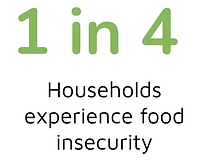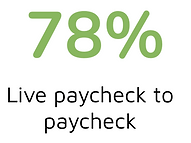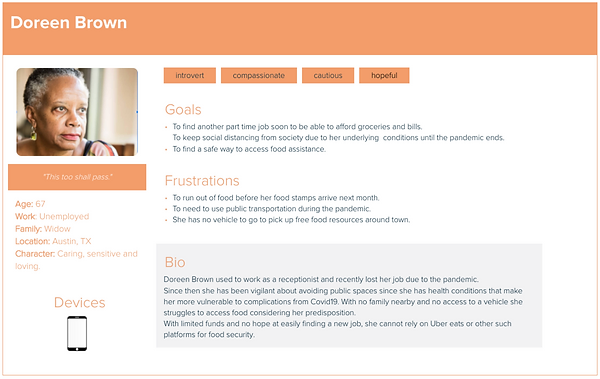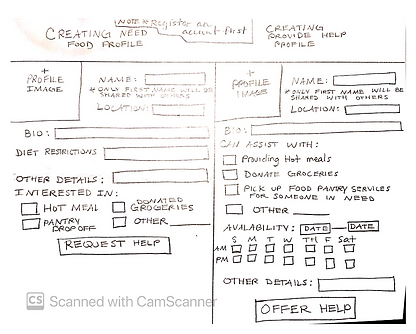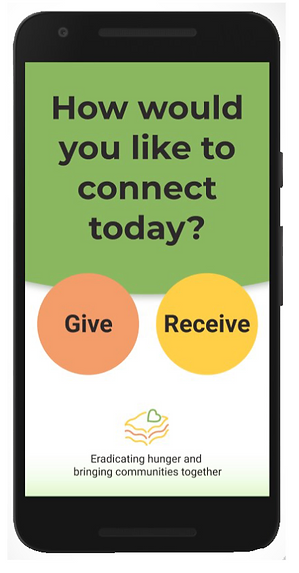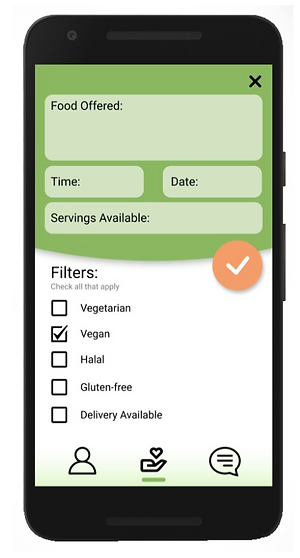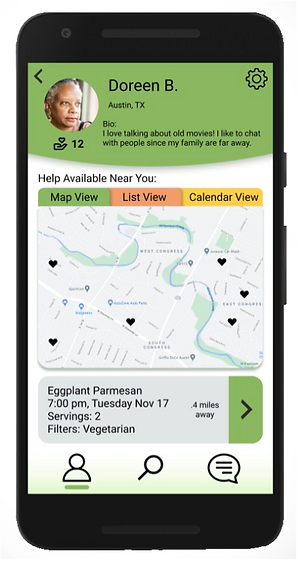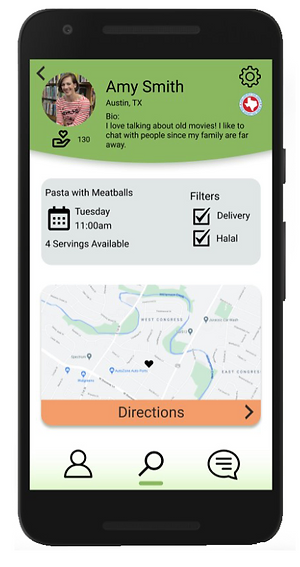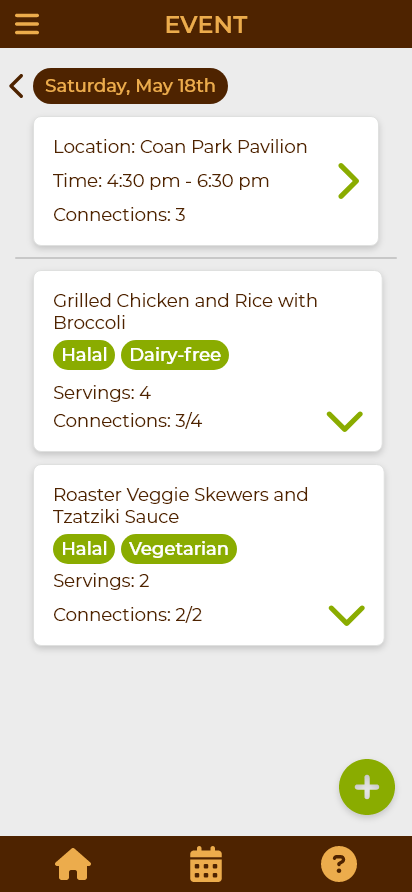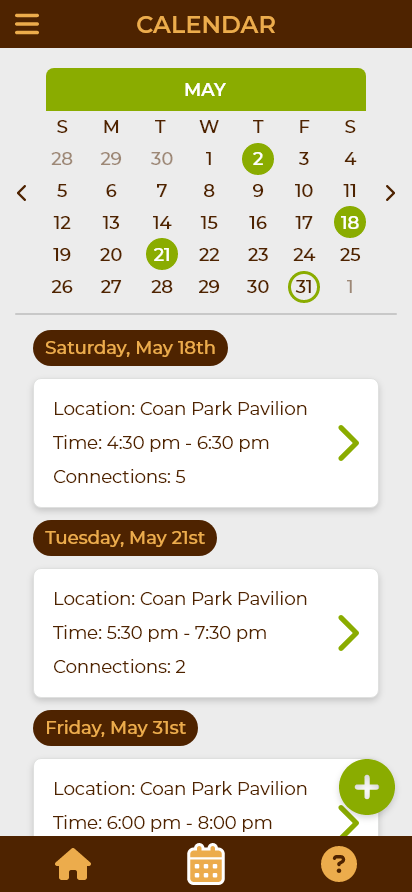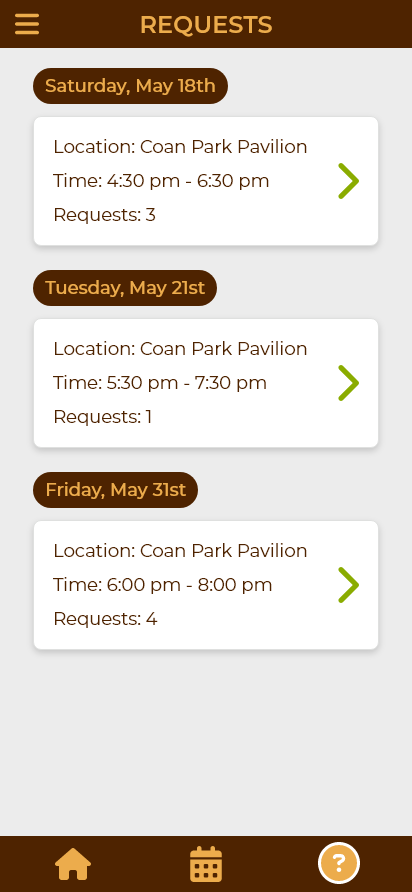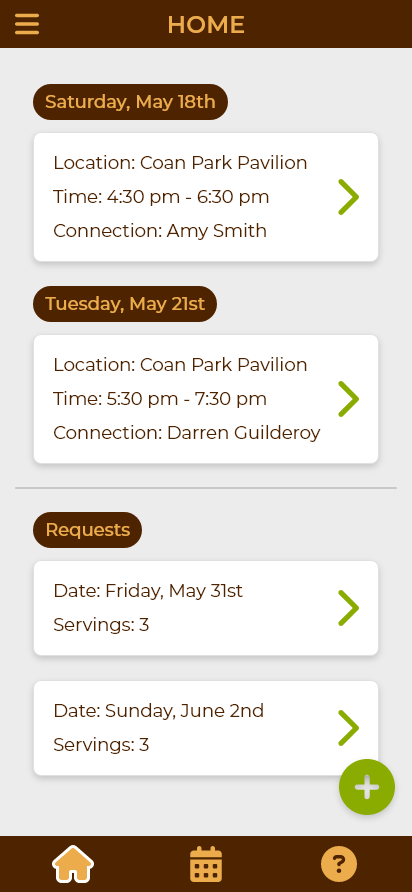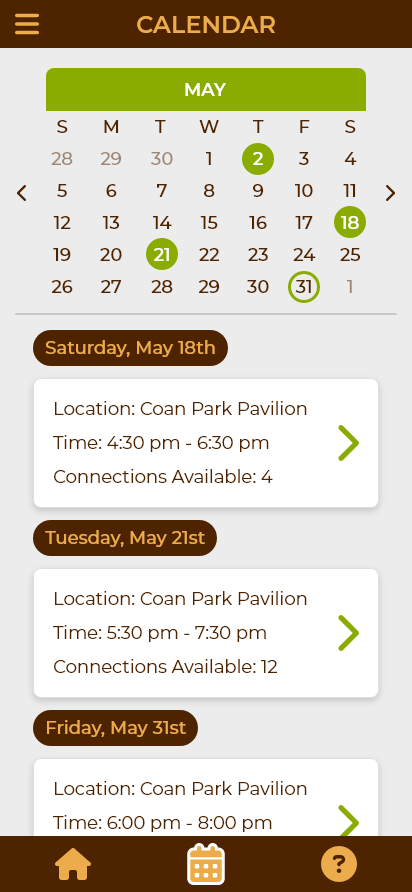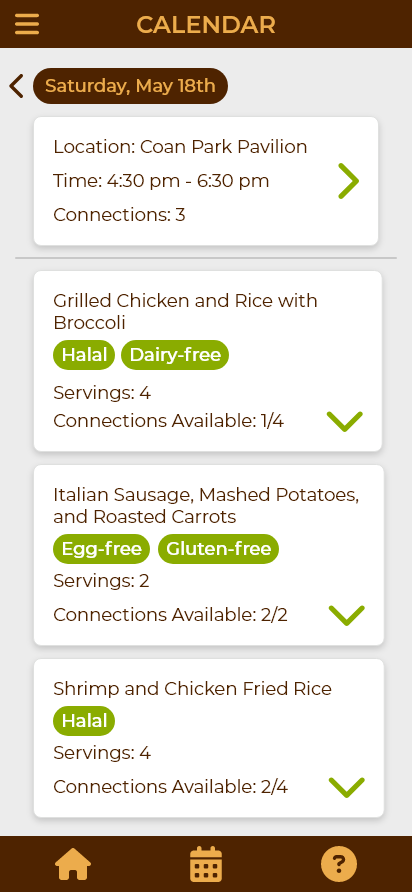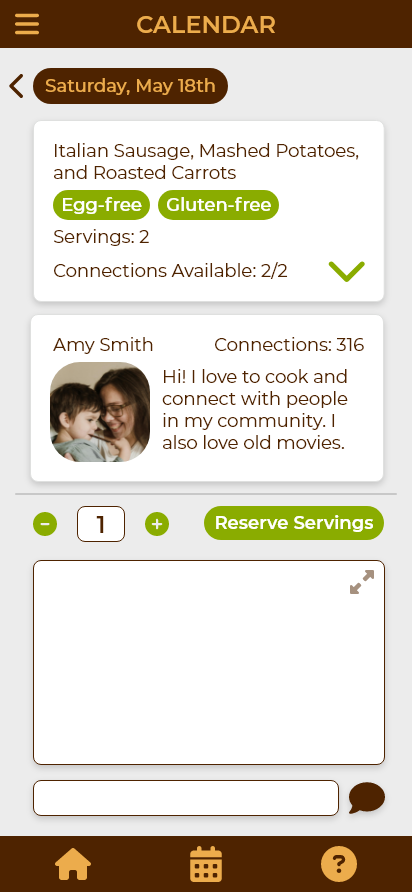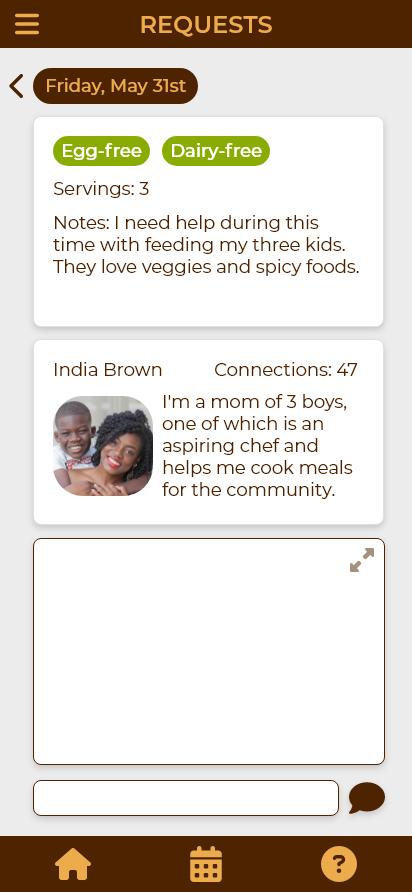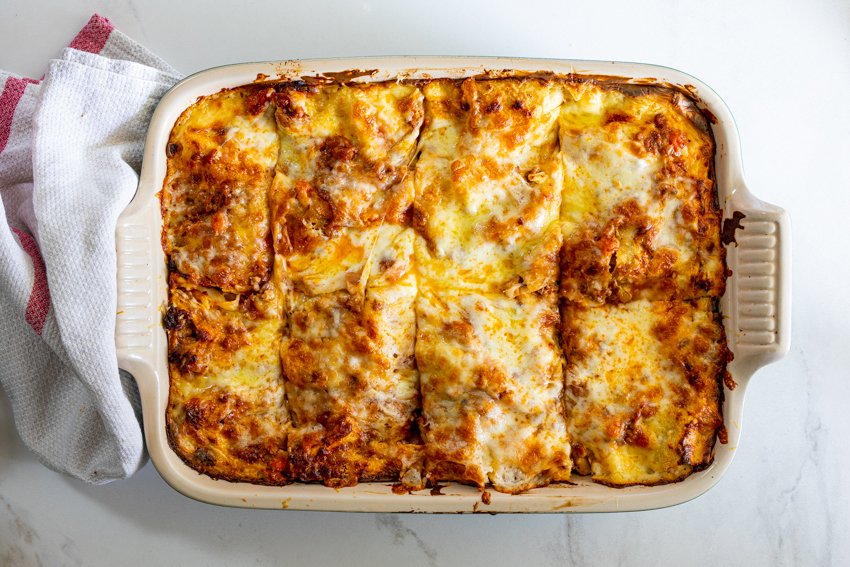
Lasagna
Eradicating hunger and bringing communities together
Problem
For Austin Design Week's 2020 Design-a-thon, I worked with 4 other women to design an app that leveraged social connections to improve the community. We chose to focus on food insecurity.
People often struggle to access foods when they find themselves in need because they are unaware of opportunities in their community, or afraid of the associated stigmas.
Research and Personas
Within our project we looked at 3 main challenges:
People go hungry - For a variety of reasons, people are unable to access healthy food for their families
Stigma in Need - There is stigma attached to needing help
Food waste is a massive issue - Many people buy more food than they need and waste a large percentage of it when it goes bad
As we began to research more about our users, we discovered several key insights. Our users were not statically one type of persona, but rather individuals who may interact with our application differently depending on outside circumstances, such as a sudden family emergency.
While we had two main categories of users, we wanted to emphasize that sometimes you have the capacity to give, while other times you may be in a position where you need to receive. We tried to create an atmosphere of "give when you can" while also normalizing the need for help.
Our two main user groups were as follows:
Those in Need : You don’t have to be historically in need to suddenly find yourself needing help.
These users may only need help occasionally when life hands them difficult times.Those Able to Help : You don’t have to be a traditional volunteer to make a big impact on someone’s life. These users are people who would help, but may not be able to in traditional ways.
Wireframes and Prototypes
Our first concepts when sketching leaned too heavily to the side of charity and pitying the person who is in need of help and potential embarrassment.
After conducting interviews with some of our sketches and ideation, we had iterations from feedback.
Concerns:
Concerns over COVID-19
Concerns over food safety
General safety concerns
Fear of embarrassment
Solutions:
Free DHS approved food handlers certification available (eFoodHandlers), that displays badge on profile
Include information stating the CDC does not consider food to be a spreader of COVID-19
All profiles can give and receive
People can report others in the chat feature
Identity verification at registration, profile picture and display name have multiple options
Amount of help given and user testimonials to build trust
We developed a relatively simple user flow, and while we focused on creating a mobile application, we also made sure to emphasize the need for a web based desktop accessibility for people who may not be as technologically inclined.
Final Concept
I decided to revisit this concept a few years after the fact, after a global pandemic, and after I’ve spent more time learning about UX.
I still feel that there are major hurdles within this concept that would prevent it from ever becoming real, mostly around food safety and societal pressures.
However, I did make this new concept something more achievable than the previous one. Instead of relying solely on giving addresses out to strangers who need help, I created communal events where strangers within a community came come together to help ensure the entire community is fed.
